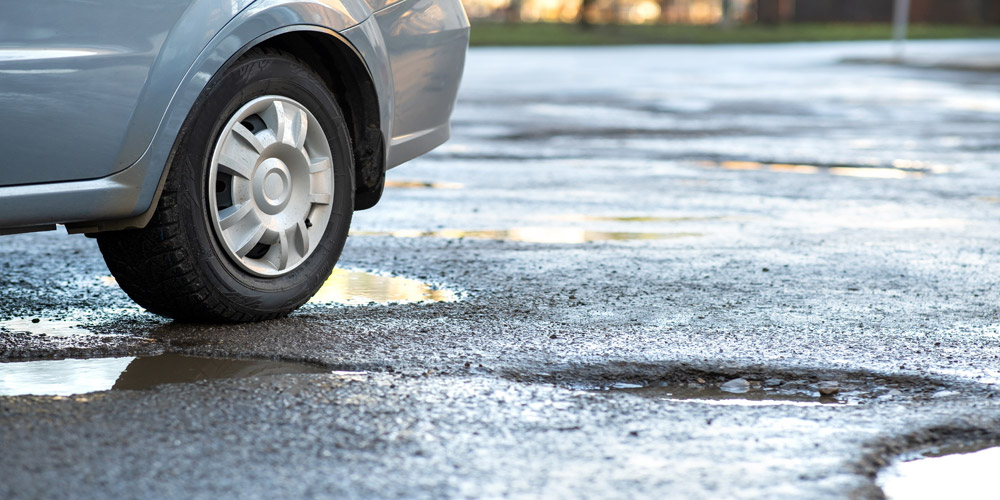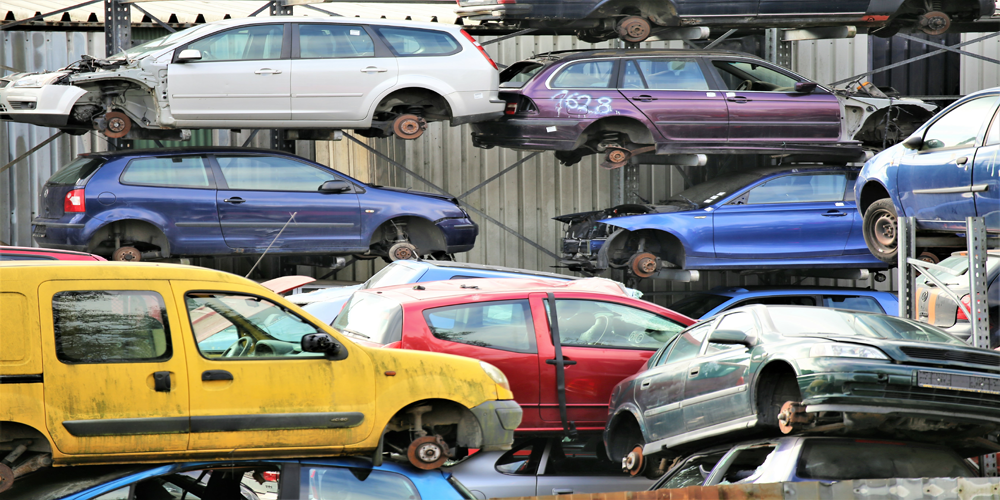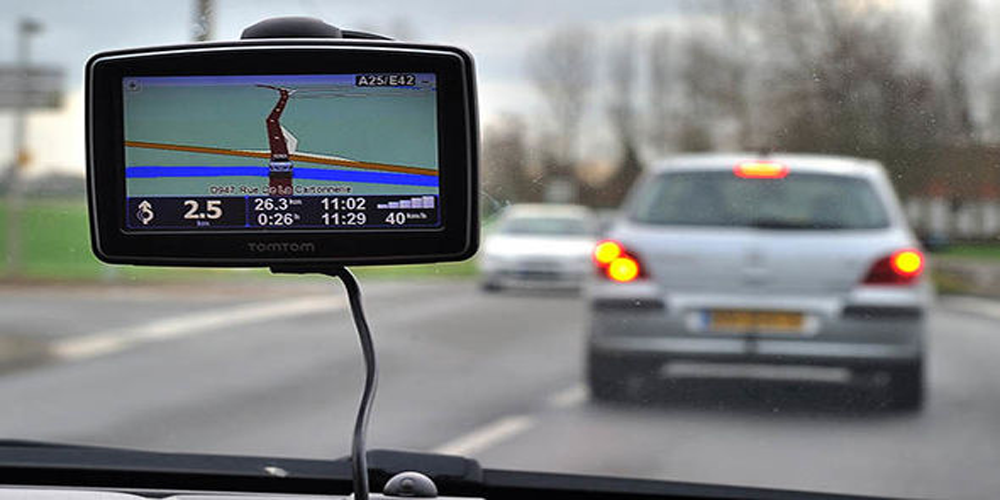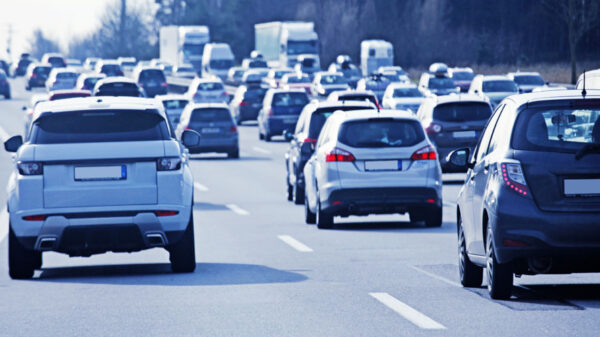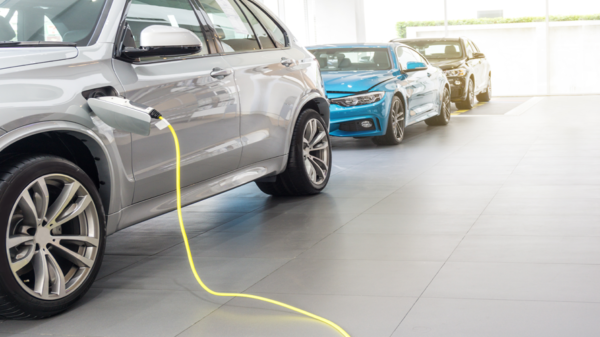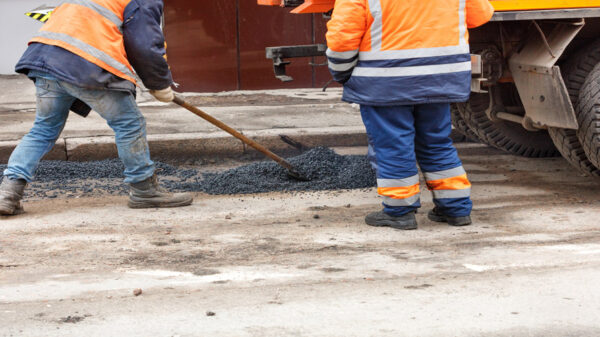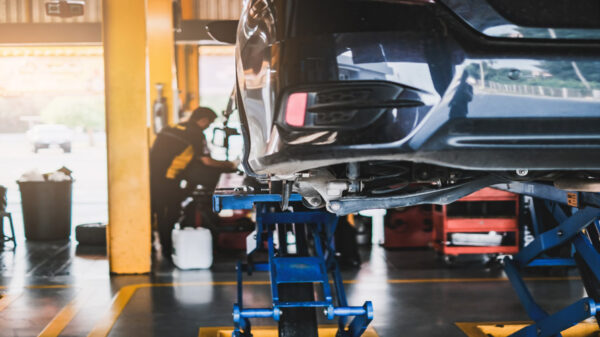AA reveals UK potholes at five-year high as government promises action. The Department for Transport has promised swift action following a shocking report looking at UK potholes.
Potholes caused misery in 2023 on a scale that has not been seen in years, five to be exact.
The AA estimates they may have cost UK drivers as much as £500m in repairs.
Scientists warn climate change will worsen the problem as more wet weather and temperature extremes give extra battering to the surfaces we drive on.
Almost 630,000 potholes were reported to councils in England, Scotland and Wales between January and November 2023, a five-year high, according to local government data compiled by campaign group Round Our Way following a Freedom of Information request.
Data was only available from 115 out of 208 councils approached, meaning the total number of reported potholes is likely to be much higher.
“Potholes are the bane of many of our lives and put drivers, cyclists and even pedestrians at risk of serious injury,” Roger Harding, director of Round Our Way, told the BBC. “The weather extremes that climate change brings are sadly creating many more of them at a time when cuts mean repairs are already not keeping up.”
A spokesman for the Local Government Association said councils shared the concerns of all road users with the state of our roads and were doing all they could to tackle what they said was a £14bn backlog of road repairs. He also called for more regular and consistent funding.
A Department for Transport spokesperson said: “We’re taking decisive action to fix potholes and resurface roads by investing an extra £8.3bn of redirected HS2 funding, the biggest ever funding increase for local road improvements and enough to resurface over 5,000 miles of roads across the country.”
The AA said it dealt with 631,852 pothole-related incidents related to tyres, wheels, steering, and suspension last year – another five-year high according to the organisation.
With an average repair cost for a pothole accident being £250, the AA estimates they cost its customers around £160m in total last year. The AA believes the total figure for across the entire country could be as high as £500m as it only represents around a third of Britain’s drivers.
Potholes don’t just affect drivers of motor vehicles, but also other road users, with cyclists being particularly vulnerable to accidents.
Scientists across the UK are researching ways to deal with the scourge for good.
A robot developed by Liverpool University which uses artificial intelligence (AI) to identify potential potholes is to be tested on public roads in Hertfordshire.
Other Cambridge researchers are working on materials that can withstand more extreme wear and tear and even self-heal.
One team has been working on self-healing concrete. One method involves capsules within the road surface which contain a healing agent. When ruptured by a crack, the healing agent comes out and fills it.
Another researcher is investigating thermal properties of materials that could be added to our roads so that they maintain constant temperatures – cooler in the summer, warmer in the winter.
The combination of weather and wear and tear is one of the major causes of potholes. Cracks form, water seeps in, freezes and expands, pushing the road surface up. This process of freezing and thawing, as well as traffic going over the damage, weakens the road, which is further damaged in summer months when the roads dry up and potentially buckle.
More frequent extreme weather caused by climate change will speed up this cycle.
Certain reusable plastics are being trialled on highways to solve this double whammy of potholes and climate.
At the University of Surrey, Dr Benyi Cao is working with National Highways to keep road surfaces at controlled temperatures by trialling the use of geothermal energy in very specific areas.
His team is going to test ground source heat pumps, involving specialist buried pipework and microcapsules that capture energy in the soil.
If successful, the system would cool roads in summer and warm them in winter.
“Our infrastructure was not built to cope with the climate change we’re currently experiencing. So new and innovative methods have to be developed now,” Dr Cao explains.
“The link between climate change and the state of our roads is increasingly clear. It is imperative that we take concerted action to address this issue, through improved road maintenance practices, innovative materials and technologies, and broader climate change mitigation strategies.”


